Product Description
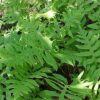
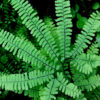
Woodwardia virginica – Virginia Chain Fern
Native/Non-native – Native
Hardiness Zone – 4-9
Sun – Sun to partial shade
Moisture – Moist to wet
Size – 24-36″ height
Comments
* Deciduous
* Sphagnum bogs, swamps
* Water retention area
Description
Woodwardia virginica (Linnaeus) Smith
Virginia chain fern
Etymology From the area of Virginia, which years ago was a huge territory.
Description Rhizome: long-creeping, ropelike, branching, scales dark brown, few, triangular.
Frond: 100 cm high by 30 cm wide, deciduous, monomorphic, blade/stipe ratio: 3:2.
Stipe: dark purple to black at the base, straw-colored on the upper rachis, base lustrous and swollen , glabrous, vascular bundles: 7 or 9 vascular bundles arranged in arc at stipe base, fewer at the top of the stipe.
Blade: 1-pinnate-pinnatifid , narrowly ovate, widest at the middle, thin-textured, glands and scales upon emergence with glands persisting.
Pinnae: 12 to 23 pair, alternate, middle ones to 15 cm; margins finely dentate; veins netted next to the rachis and costae, free otherwise.
Sori: in chainlike rows, but distinct, along the costae, indusium: flap-like, opening towards the costa, sporangia: purple-brown, maturity: early summer.
Dimensionality: lower pinnae bending forward and towards the base.
Culture Habitat: acidic bogs, swamps, low woods. Distribution: mainly coastal plain of eastern and southeastern North America. Hardy to -35°C, USDA Zone 3.
Distinctive Characteristics The venation (netted and free, see a photo below) along with the dark stipe, 1-pinnate-pinnatifid division, linear sori precludes misidentification.
Synonyms
Blechnum virginicum Linnaeus
Anchistea virginica (Linnaeus) C. Presl


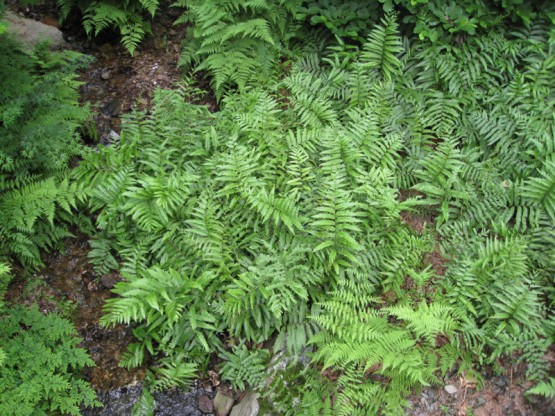
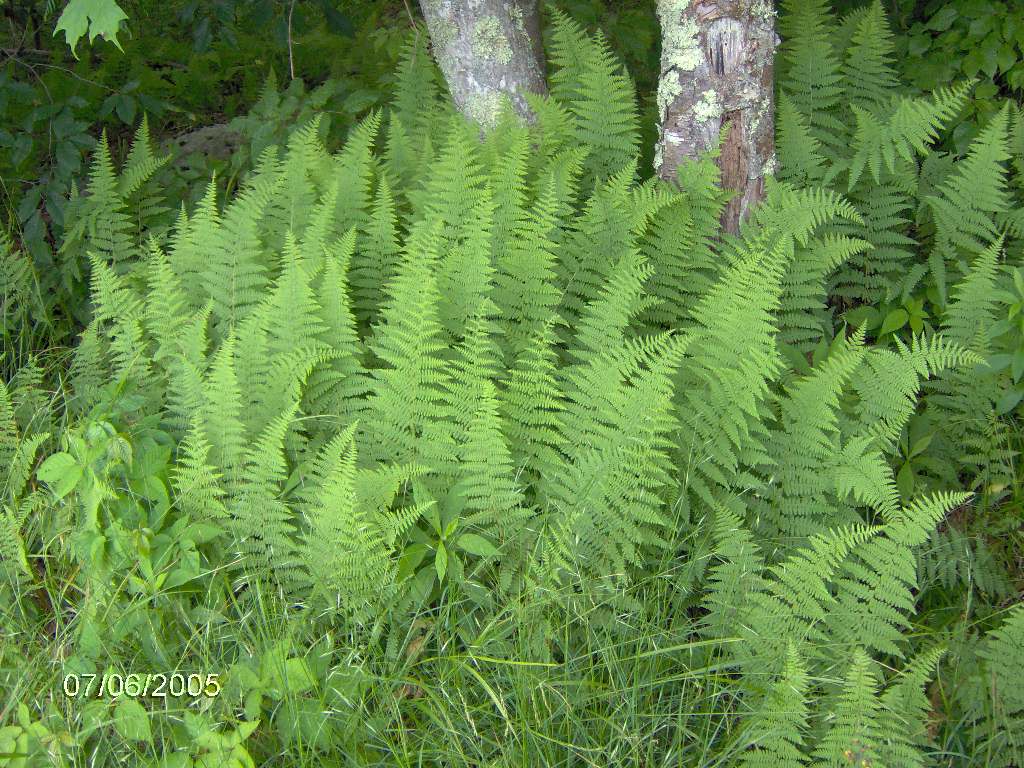

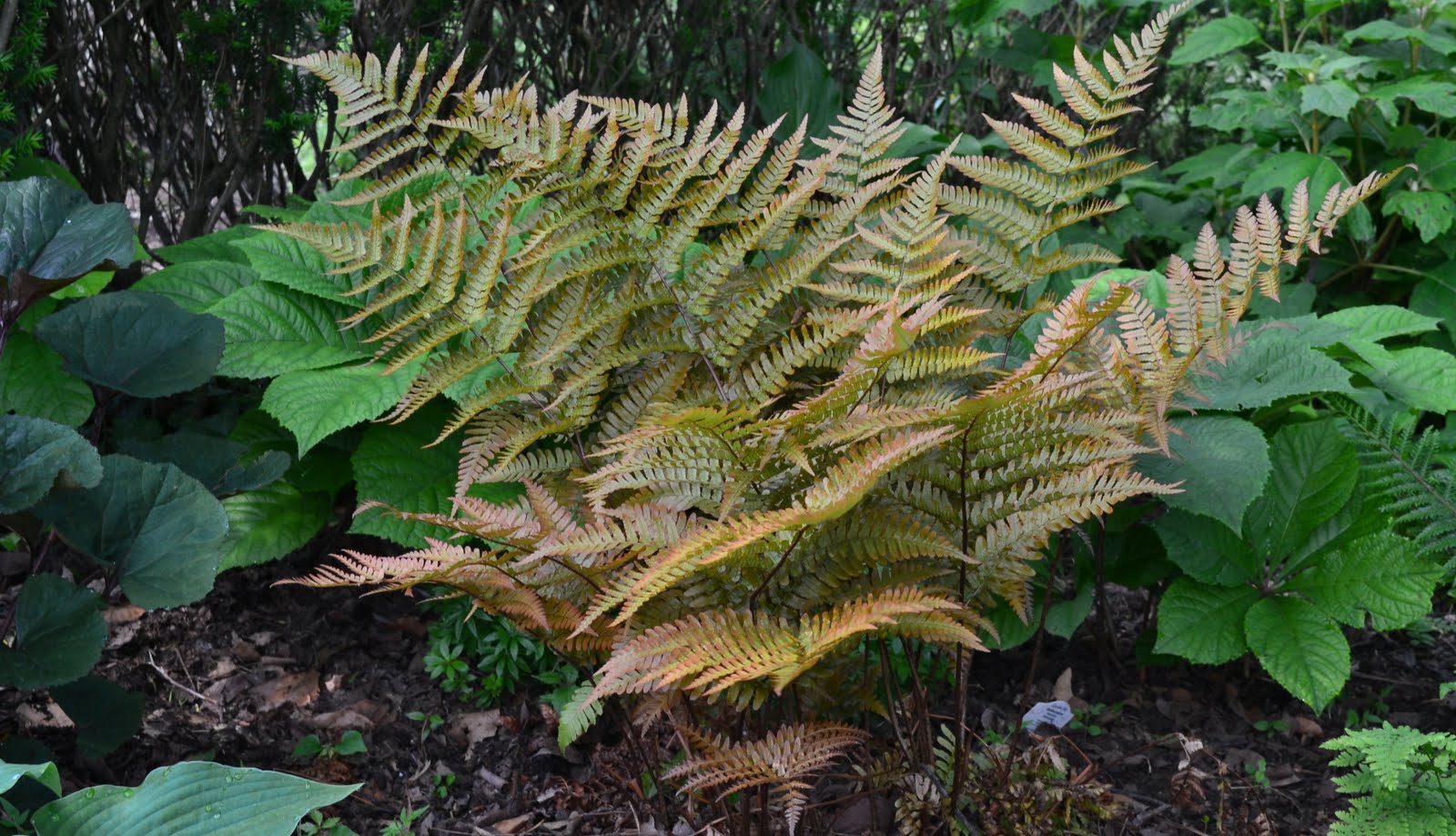

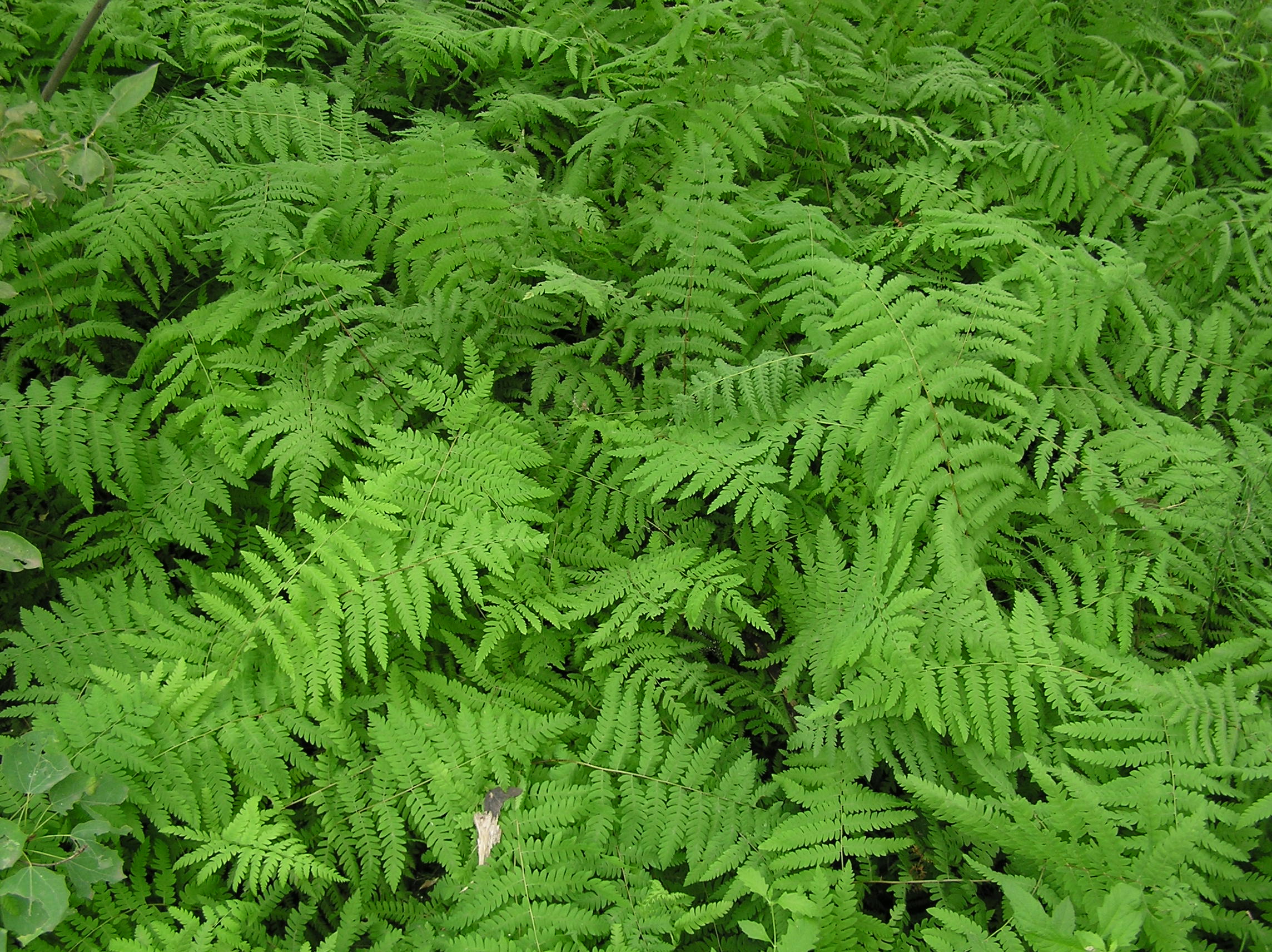

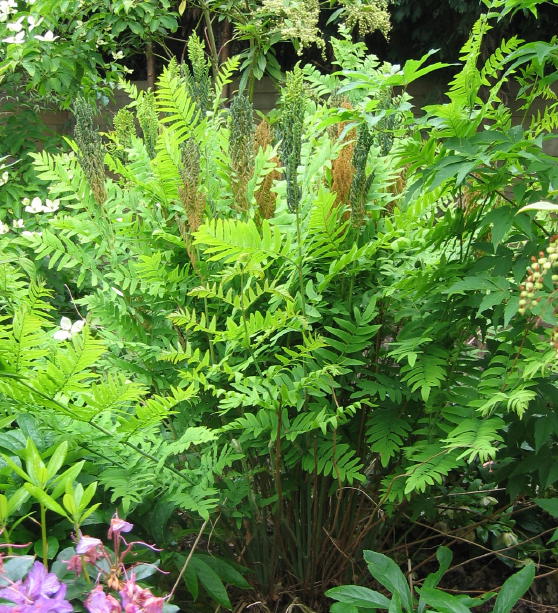

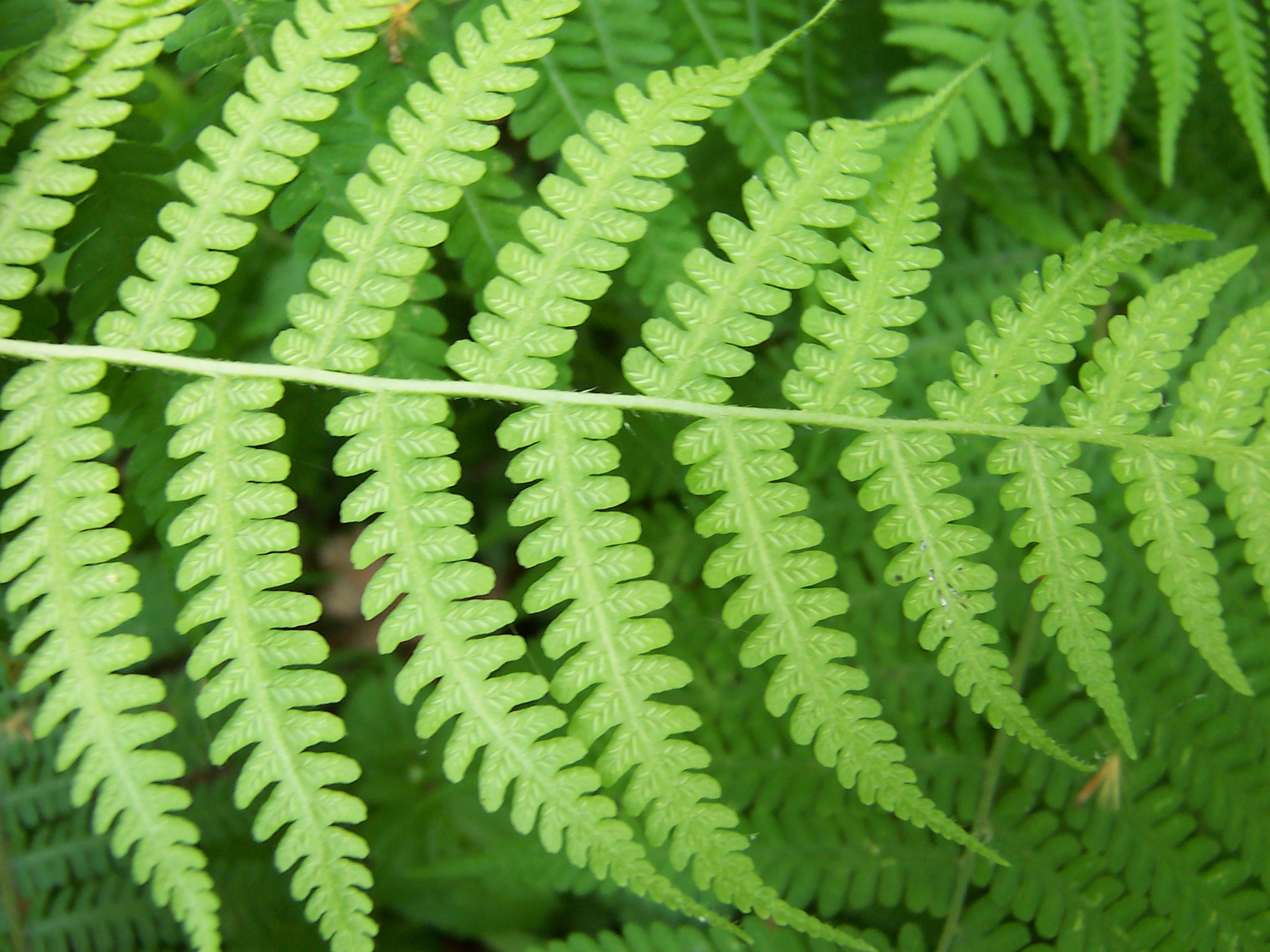
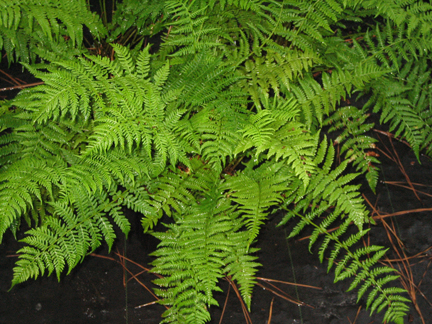
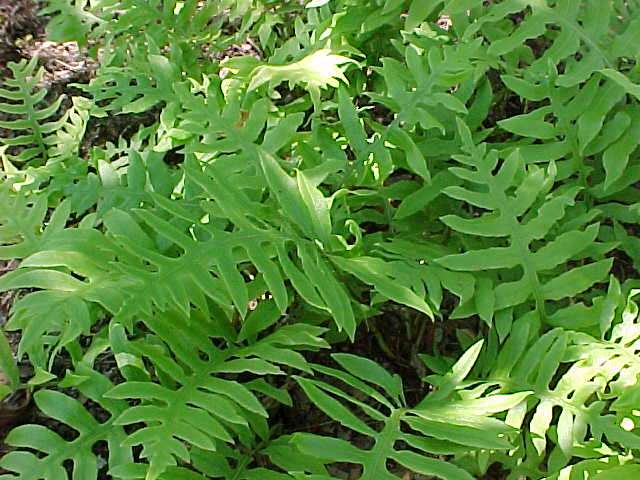
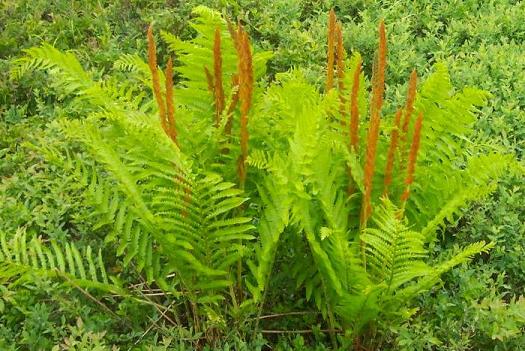



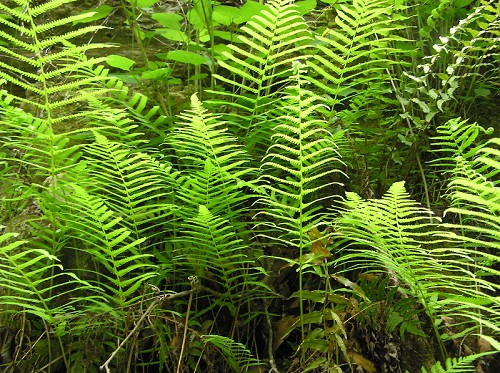

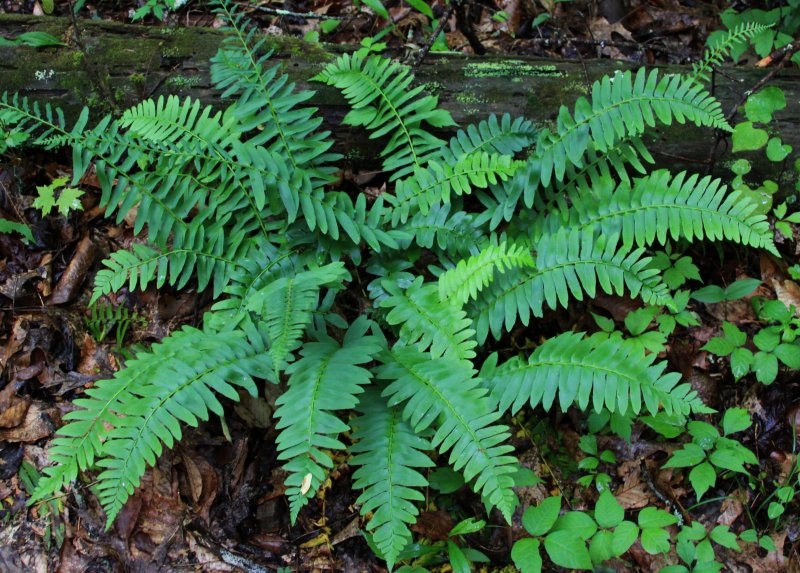

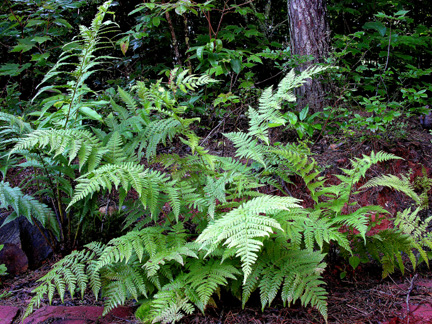
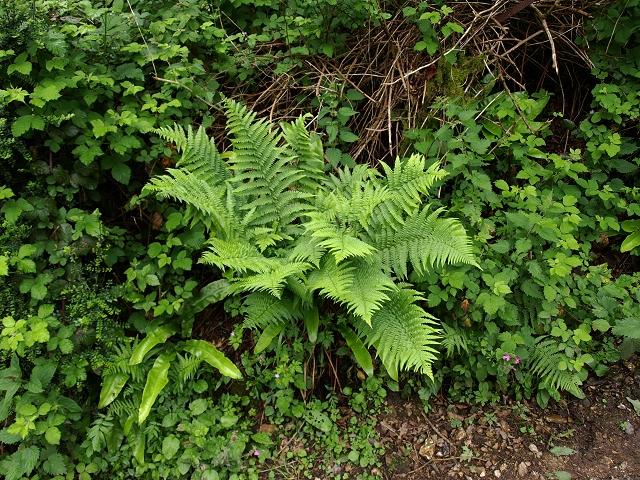
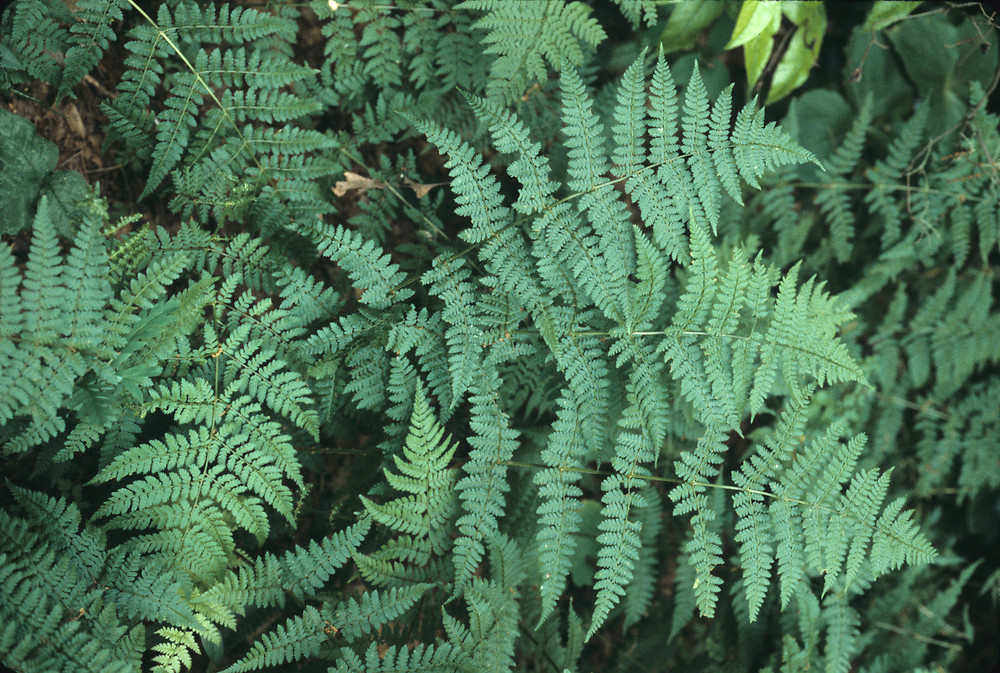
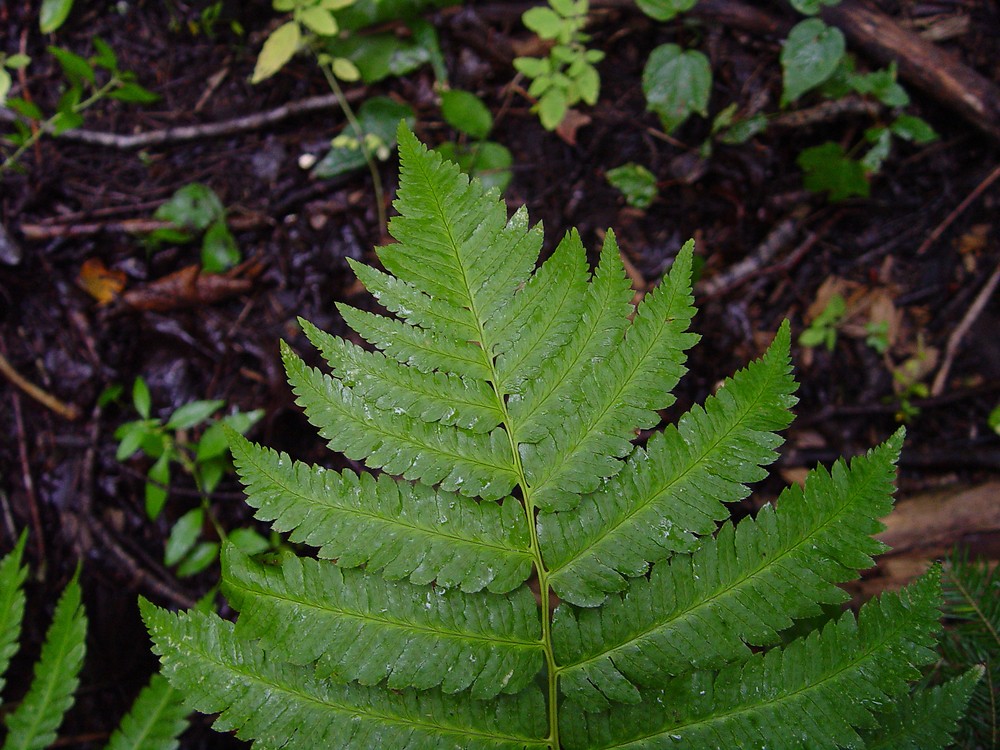


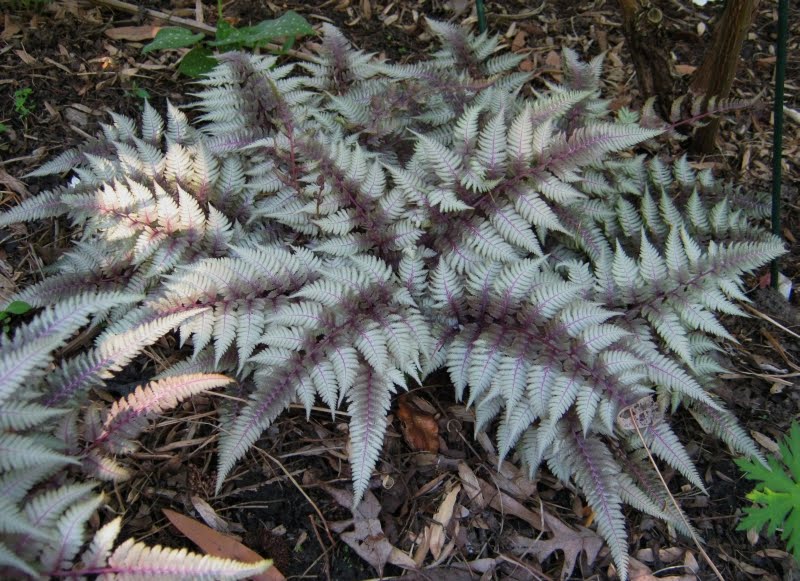
Reviews
There are no reviews yet.